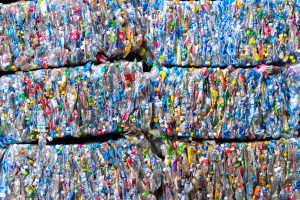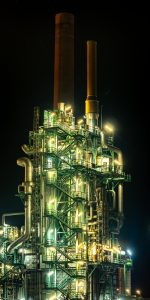Can we have plastics without emissions?
To discuss detailed C-THRU research updates, further the team’s knowledge, and promote collaboration, the C-THRU researchers have been holding regular seminars. Dr André Cabrera Serrenho (Demand for chemical products) recently presented on ‘Can we have plastics without emissions?’
About 3% of global GHG emissions is attributed to plastics, due to resin production, conversion and end of life treatment. Since the production of methanol and benzene involves process emissions, the production of polymers with methanol and benzene as feedstocks will release CO2 even if the production is powered by renewables. In contrast, PE, PVC, and PP can be produced without process emissions, powered by zero-emission electricity. However, they cannot be chemically recycled without process emissions. Thus, we cannot provide plastics without emissions in theory.
If no emissions can be tolerated, the production of plastics has to be stopped beyond 2050. Even if we recycle all plastics, we cannot satisfy our demand after a few years beyond 2050.
If low emissions from production and use phase (0.59% of current national emissions) can be tolerated, we could use CCS or other listed technologies to offset the emissions.
The choice between landfill and chemical recycling of plastics depends on the process emissions of chemical recycling. Without chemical recycling, the landfill capacity of the UK is expected to be consumed by plastics by 2157, which would be extended to 2960 if chemical recycling is used to deal with plastic wastes.
We would have enough zero-emissions electricity to make plastics if the following conditions are met:
– All energy uses in the petrochemical industry are electrified
AND
– Demand for packaging is halved
AND
– Demand per capita is reduced in 10% by 2050.
This analysis is helped through the work of Candela Louzao Carabel, an undergraduate student at Cambridge University, Department of Engineering.
Photo credit: Marc Newberry






